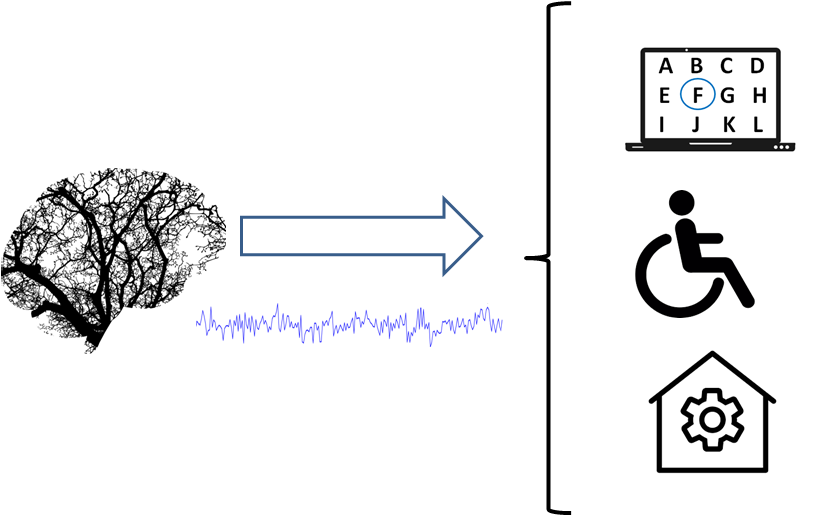
The development of a BCI system deals with an interface between the human brain and an artificial system, such as a computer. In recent years there has been a lot of interest in achieving this goal, being one of its most important applications in the field of medicine and more specifically in rehabilitation, helping to establish a communication and control channel for those individuals with significant deficiencies in its motor functions.

A brain computer interface is based mainly on the analysis of electroencephalographic (EEG) signals captured during some type of mental activity in order to control an external component. The EEG activity includes a variety of different rhythms identified by their frequency, location and other aspects related to brain function that make the EEG signal extremely complex. However, numerous studies show the ability of people to control certain characteristics of EEG. EEG activity. If you could quickly learn to control these characteristics, the EEG signal could present a new brain function; it could become a new exit signal that would allow transmitting a person’s wishes to an external component.